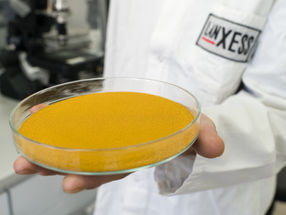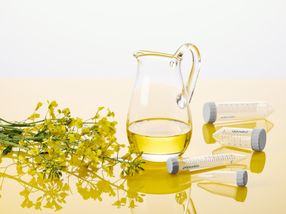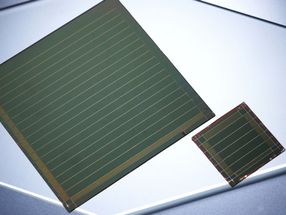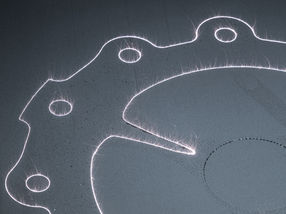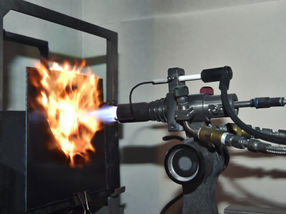New aromatic thermoplastic polyurethanes from Bayer
High transparency even with thick walls, good UV stability and a significantly lower yellowness value than standard grades - these are the strengths of newly developed aromatic grades of the thermoplastic polyurethane (TPU) Desmopan®. "TPUs with this type of property profile are rare on the market and therefore in great demand," says Dr. Eva Gestermann, the product developer responsible for this class of materials at Bayer Polymers, a subgroup of Bayer AG. Dr. Gestermann envisages major market opportunities particularly in the field of injection molded parts for all types of sports goods, a market in which a high level of transparency is frequently required to leave as much scope as possible for decorative features and the design aspect. The expanding sports and leisure footwear market is an area where the new TPU grades offer particularly attractive opportunities to exploit transparency. "They are the ideal material for hard-wearing windows for decorative features and company logos even in the sole area, subjected as it is to high stresses," says Alexandre Savignani, Head of the TPU segment Sport & Leisure. This is an area of application in which the characteristically high abrasion resistance and tear and tear propagation strength of TPU also come into their own.
Stiffer formulations of these new grades offer good transparency even when relatively thick walls are used, so they are up to the demands currently being made of the materials used in "transparent" ski-boots. This shows off the boot's structure and the internal design. As Savignani says, "This enables us to set entirely new stylish accents." Accents that are not going to fade over time, since the TPU's high surface scratch resistance and UV stability ensure that the ski-boot retains its brilliant color even over the long term.
The new Desmopan® grades display good compatibility with pigments, pearlescence and flakes of metal, such as aluminum, used to create special optical effects. One particularly attractive option is subsequent coloring with fluorescent colorants (LISA). These increase the wavelength of the light as it hits the surface so that bright light is emitted from around the edges of the TPU component.
"In terms of processing properties we were surprised that the formulations developed specifically as injection molding grades are also all very good for extruding, irrespective of their hardness," says Gestermann, looking back on the development process. This means that they can be used for typical extruded parts such as tubing or belts.
Most read news
Other news from the department research and development

Get the chemical industry in your inbox
From now on, don't miss a thing: Our newsletter for the chemical industry, analytics, lab technology and process engineering brings you up to date every Tuesday and Thursday. The latest industry news, product highlights and innovations - compact and easy to understand in your inbox. Researched by us so you don't have to.






